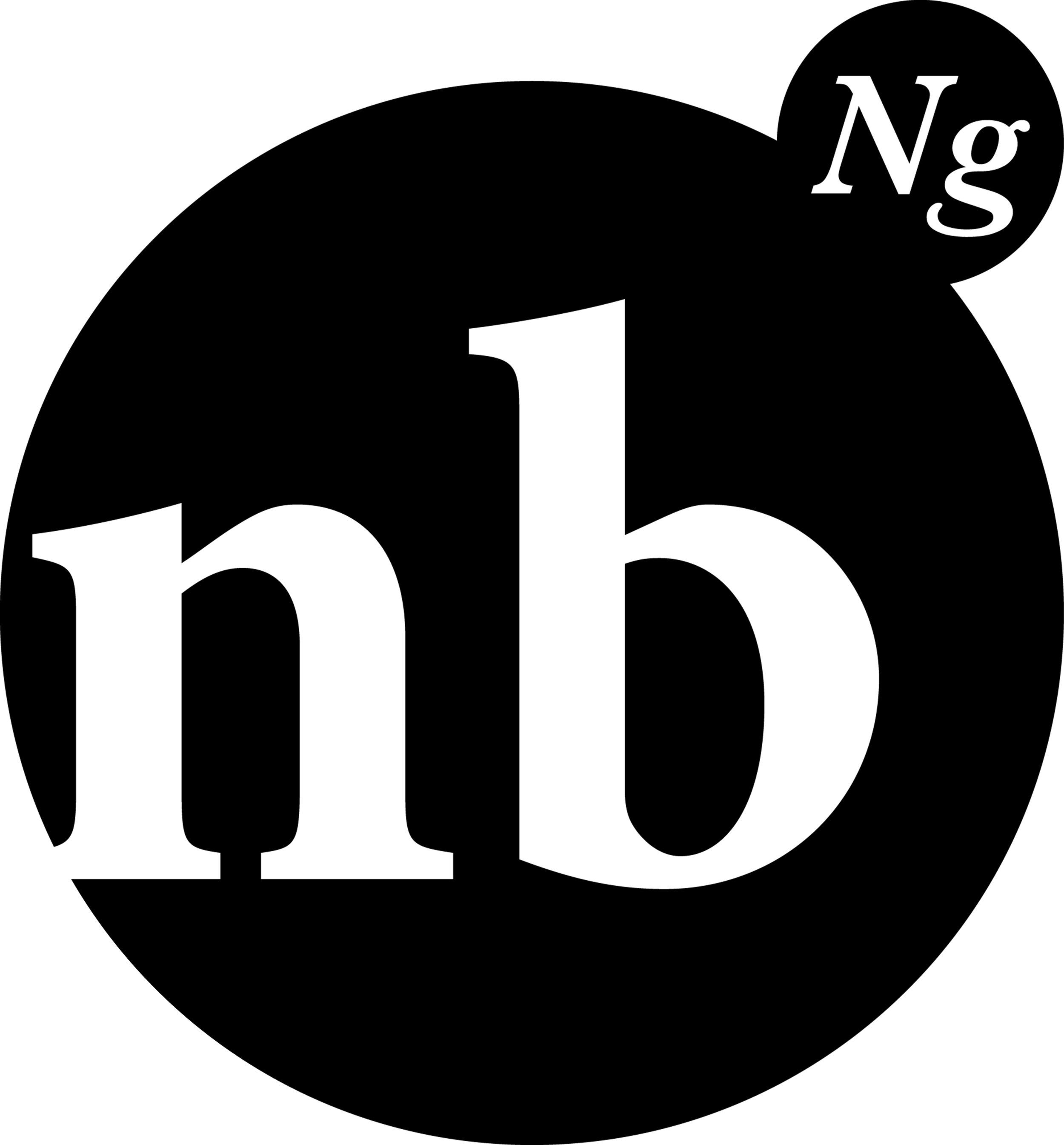The Toolmakers Daughter
My father, now enjoying a long retirement, was an engineer, specifically a tool maker, making metal moulds for commercial plastic components. Even now there’s a mini lathe and milling machine in his garage. It’s probably from him that I get my “ how do I do that?” tendencies.
Most of my work, whether jewellery or metal-smithing, is shaped by resting the metal on something hard and hitting it with a hammer. The shape of the hard thing and the hammer can change the final outcome of the work, but it means you can get an array of options with relatively few tools. The hammers, stakes and folder (hard things) shown it the pictures will produce the majority of my work.
Sometimes though, you have an idea in your head and the tools you already have just….don’t…….quite……do……the……..job. Time to make a tool!
I recently had the idea for the group of channel vessels, this time using anticlastic raising rather than fold forming. I had done some anticlastic work years ago and bought a special sinusoidal stake to work on, but its tapered nature didn’t quite suit. Knowing that I didn’t have the equipment (or skills) to shape a metal stake for the job, I turned to the other side of my dad’s work - plastic.
Plastic is increasingly used in the world of metals to produce hammers and shaping tools because they move the metal without marring (damaging). After a bit of research I found that a hard plastic called Delrin is often used and managed to acquire a lump. Although it is hard it is easily shaped with files and grinding tools so over the space of a couple of days I created the shape in the plastic needed to form the channel on the vessels as I’d envisaged it. I’m really pleased with the way the group came out and they have the unexpected bonus of being able to be used as candlesticks and vases. I’m planning on doing some smaller tea light holders as well.
I have a fair chunk of the Delrin left so needless to say it’s sparked a degree more of “what can I do with this”




